Ashley B.
Content Writer (Hi! I’m Ashley, a Linux Administrator with a passion for making Linux simpler and more accessible for beginners. Since 2021, I’ve been writing friendly, practical guides at OperaVPS to help users install software, use the command line, and get comfortable with their VPS. Linux doesn’t have to be intimidating. and I’m here to show that anyone can learn it with the right support and a little curiosity.
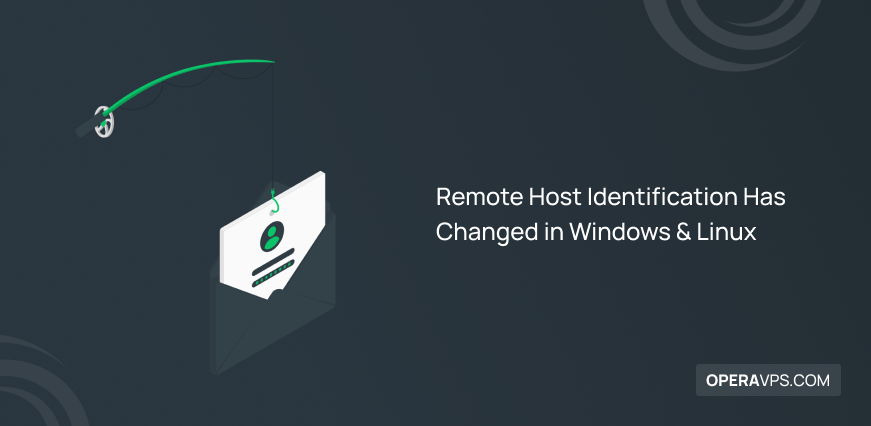
Remote Host Identification Has Changed in Windows & Linux
If you prefer to have remote access to a computer without using GUI, you certainly work with SSH. Users and developers use the SSH as a shell-based remote access protocol to connect to another machine. Remote Host Identification Has Changed is one of the potential errors that safeguards the connection of users against specific harmful […]
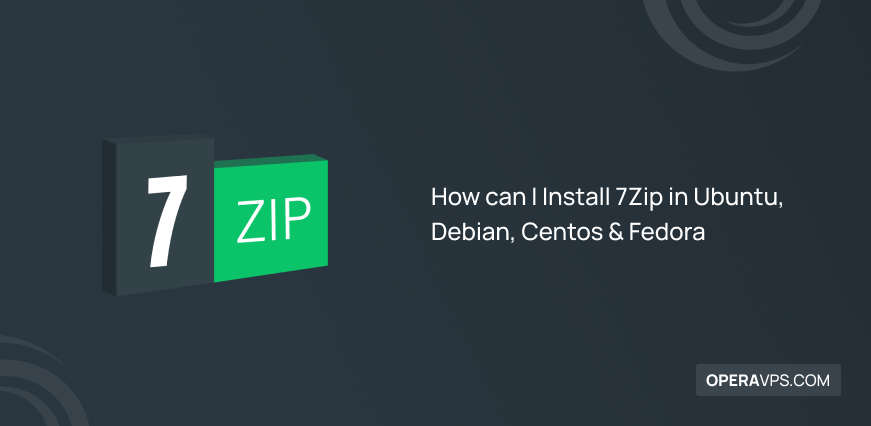
How can I Install 7Zip in Ubuntu, Debian, Centos & Fedora
As a Linux user, you might face issues in sending large files or compressing/decompressing them. While 7Zip is used from a Windows GUI, Linux users can also benefit from this cross-platform file archiver. 7Zip is a free and open-source compression program that is available on Linux with a powerful command line version. Install 7Zip in […]
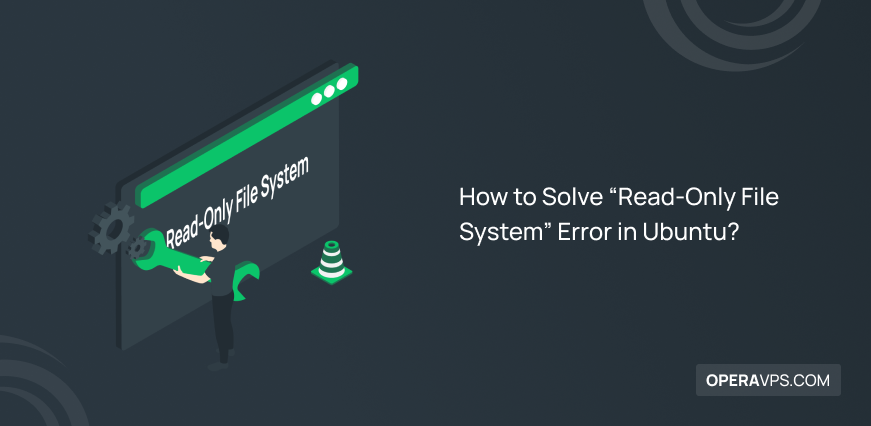
How to Solve “Read-Only File System” Error in Ubuntu?
Restart your system. Check Disk and File System Errors Check and edit /etc/fstab file Remount the FileSystem in read-write mode Check Disk Space Check for Disk and hardware failures Solve the Linux-windows dual boot issue Check the file system type Check permissions and ownership Update your system Sometimes, mounting the file system in Read-Only mode […]
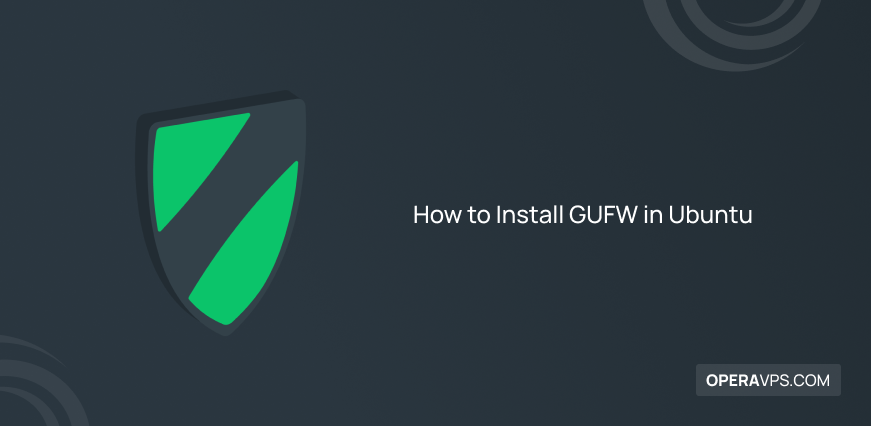
How to Install GUFW in Ubuntu
Firewalls are a security tool to protect your Linux system from unauthorized access, intruders, and hacker attacks that allow users to control and manage incoming and outgoing traffic from your device to the network. By default, Linux allows users to benefit from the features of firewalls by equipping their distributions with the best Linux firewalls, […]

How to Install R Programming Language in Ubuntu
The use of computers for computations and data analysis is inevitable. Numerous programming languages have been developed today to enhance computational efficiency and are continuously updated and improved to meet the evolving needs of users. Among a wide variety of programming languages, R and Python programming languages are very popular.

Solve Temporary Failure in Name Resolution Error in Linux
Today, connecting to the Internet is necessary for various purposes because if you do not succeed in connecting to the Internet, many of your tasks will be challenged. You may get the ‘temporary failure in name resolution’ error when updating the Linux system, pinging and connecting to the website, or other essential tasks that require […]
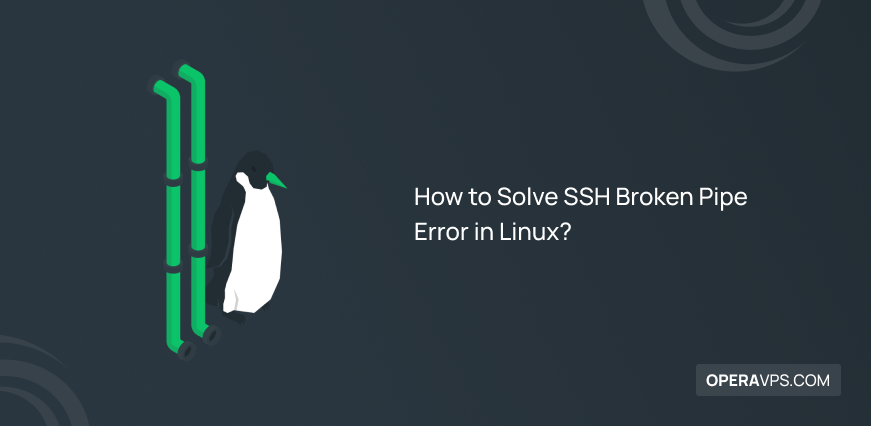
How to Solve SSH Broken Pipe Error in Linux
Nowadays, connecting to a remote server and doing various tasks is common. SSH is one of the best protocols that is used to have a remote connection. In spite of SSH benefits, an error might occur and end the connection. In this article, you will learn How to Solve SSH Broken Pipe Error in Linux. […]

Blocking an IP in Linux Firewall
Securing the infrastructure is one of the main duties of a system administrator. Fortunately, Linux is superior in terms of security compared to other operating systems, and this distinguishing feature of Linux is a strong reason for choosing Linux VPS as the ideal operating system for the server. However, you may need tools that are […]
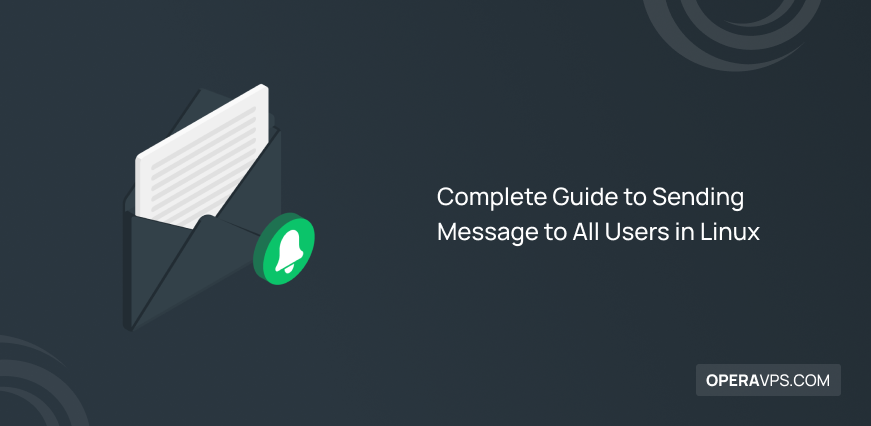
Complete Guide to Sending Message to All Users in Linux
In real life, the idea of sending a message to all has its adherent and dissentient. But in a Linux server, there is no disagreement since it is required to send messages to all users who are logged on. Sending Message to All Users in Linux is what we are going to teach in this […]

Introducing Best Ubuntu File Managers and Installing Them
The age of technology means that software and tools are designed to increase the efficiency and productivity of any task so that you can perform your tasks more quickly and efficiently through valuable tools. Interacting with all types of files when using computers is one of the main tasks of users. All of us are […]
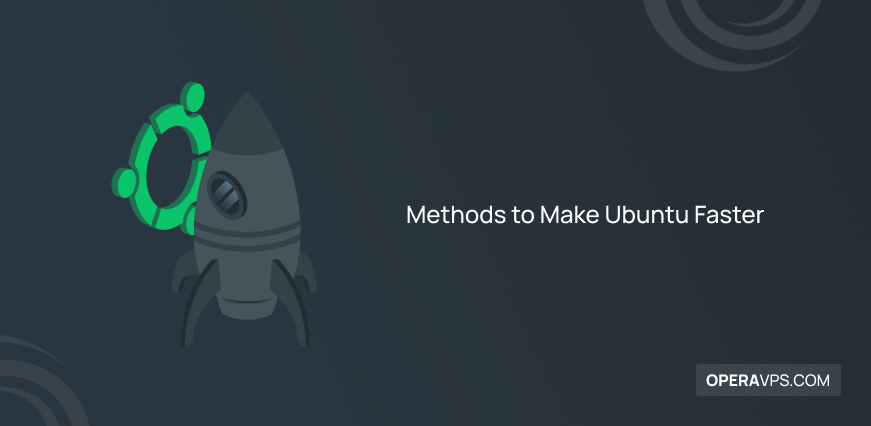
18 Methods to Make Ubuntu Faster
I cut to the chase with no time-wasting. Speed Up Ubuntu Linux is one of the actions that users must try to handle since after using Ubuntu for some time, their system starts running slow. Methods to Make Ubuntu Faster is what you will be expert on in this article. It is not surprising to […]
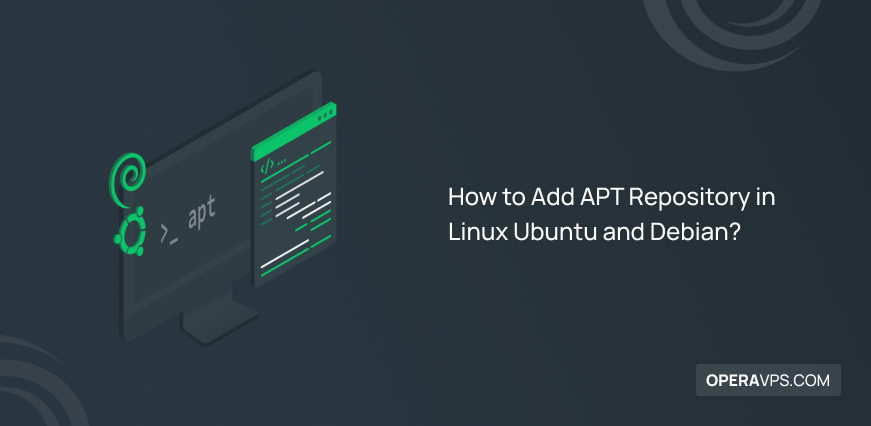
How to Add APT Repository in Linux Ubuntu and Debian?
Installing programs on Linux is only possible via repositories. So, learning different methods to Add APT Repository in Linux is essential. Just join us with this article to review all you need to know. An APT repository is a local directory or a network server that houses deb packages and metadata files that the APT […]
